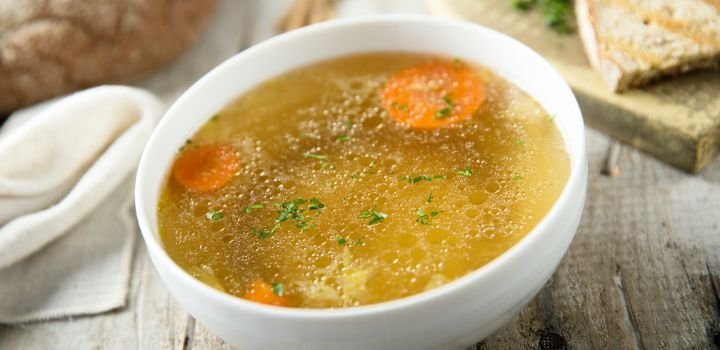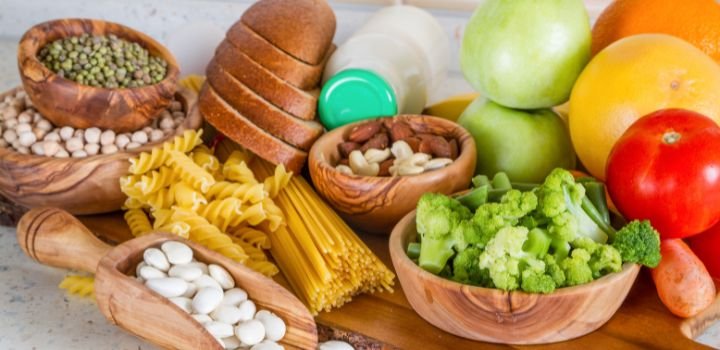El uso de antibióticos en el ganado ha sido uno de los temas más polémicos en los últimos años. Como reemplazo de los antibióticos, muchas compañías han formulado productos de la pared celular de levadura que se derivan de la fermentación.
Sin embargo, esto también ha llevado a una afluencia de levaduras de baja calidad e ineficaces en el mercado. Si está buscando un producto con cantidades suficientes de beta-glucanos y mannan-oligosacáridos para obtener los resultados adecuados para sus animales, es importante reconocer los signos de un producto de pared celular de levadura de calidad.
En esta publicación de blog, discutiremos qué hace un Producto de pared celular de levadura de calidad y cómo reconocer uno cuando lo encuentres en tu búsqueda de una solución.
¿Cómo se forma la pared celular de la levadura?
Las paredes celulares de levadura (Saccharomyces cerevisiae) son la cubierta externa de la mayoría de las levaduras, lo cual es importante para su crecimiento. La pared de levadura contiene varios componentes esenciales que contribuyen a sus propiedades funcionales.

Las paredes celulares de levadura proporcionan beta-glucanos, oligosacáridos de Mannan, quitina (aproximadamente 30, 30 y 2%, respectivamente). Estos se consideran importantes en la nutrición animal debido a su capacidad para absorber bacterias patógenas y combinarse con micotoxinas.
Las paredes celulares de levadura se obtienen típicamente por hidrólisis con la adición de enzimas exógenas, separadas por centrifugación del extracto de levadura y luego se secan.
Con un poco de ayuda de las enzimas, las células de levadura logran descomponer sus paredes y convertirlas en algo que podamos usar. El proceso comienza hidrolizando las moléculas en cualquier compuesto químico que las esté alimentando; Esto provoca la separación de piezas solubles en agua como azúcares o almidones mientras deja minerales más duraderos, incluidas las sales de calcio (que forman las paredes celulares).
Luego viene la extracción con las fuerzas centrífugas que se usan a altas velocidades, por lo que cualquier cosa atrapada dentro no se pulverizará – Luego, por último, la adición de la presión enduente durante los procesos de purificación, como los sistemas de filtración de membrana, donde los microorganismos no pasan.
¿Qué hace que un producto de pared celular de levadura de calidad?
Hay algunos factores clave a buscar al distinguir un producto de pared celular de levadura de calidad de uno de baja calidad.
Condiciones de crecimiento de levadura (fermentación)
Primero, mire las condiciones de crecimiento de la levadura (método de fermentación). Hay tres cepas comunes que se utilizan para hacer paredes celulares de levadura: levadura de panadería, levadura de cerveceros y melaza de caña de azúcar, de las cuales lo mejor son la melaza de caña de azúcar. La levadura también debe cultivarse en un ambiente estéril para evitar la contaminación.
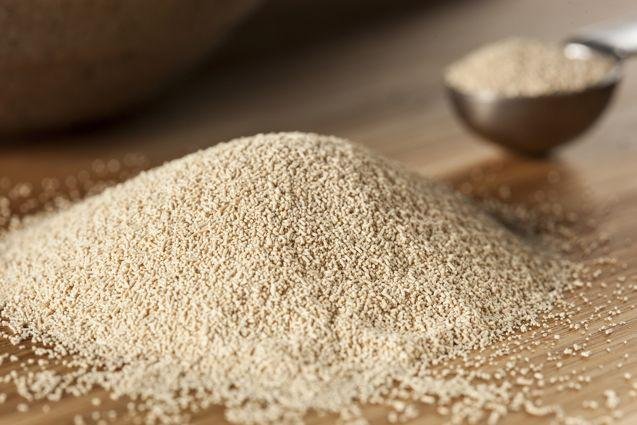
Selección de tensión
Segundo, mira la selección de tensión de levadura. No todos los Saccharomyces cerevisiae se crean iguales; Algunas cepas tienen atributos superiores a otras.
Busque un producto que sea alto en beta-glucanos y oligosacáridos de manán, que son componentes importantes de un producto de pared celular de levadura de calidad.
Esto es muy importante cuando se trata de nutrición animal porque la salud del animal depende de la calidad del producto de la pared celular de la levadura.
El proceso de producción de las paredes celulares
Tercero, mire el proceso de producción de la pared celular. A Producto de pared celular de levadura de calidad se crea típicamente a través de enzimas exógenas para hidrólisis, centrifugación para la separación y filtración de membrana.
La pared celular se seca para eliminar cualquier humedad; Es importante que la levadura no contenga demasiada agua para que los ingredientes como beta-glucanos y oligosacáridos de Mannan estén presentes en grandes cantidades. Recuerde que el secado por spray es mejor que el secado de rodillos, que puede ser duro para la levadura. Además, el secado de rodillos puede aumentar la posibilidad de que el producto tenga manchas negras.
Al buscar un producto de la pared celular de levadura de calidad, es importante considerar las condiciones de crecimiento de la levadura (método de fermentación), la selección de tensión de levadura y el proceso de producción de las paredes celulares.
Las condiciones de crecimiento de la levadura son muy importantes cuando se trata de nutrición animal porque la salud de un animal depende de la calidad del producto de la pared celular de la levadura.
También es muy importante ver cómo una empresa está produciendo sus paredes celulares de levadura porque se crea un producto de calidad a través de enzimas exógenas para la hidrólisis, centrifugación para la separación y filtración de membrana.
Un producto mal hecho generalmente tendrá una sola cepa de Saccharomyces cerevisiae y se fermentará a temperaturas más bajas.
Asegúrese de buscar un producto que sea rico en beta-glucanos y oligosacáridos de Mannan para obtener los máximos beneficios para la salud.
Estos son los tres factores clave a buscar al distinguir un producto de pared celular de levadura de calidad de uno de baja calidad.
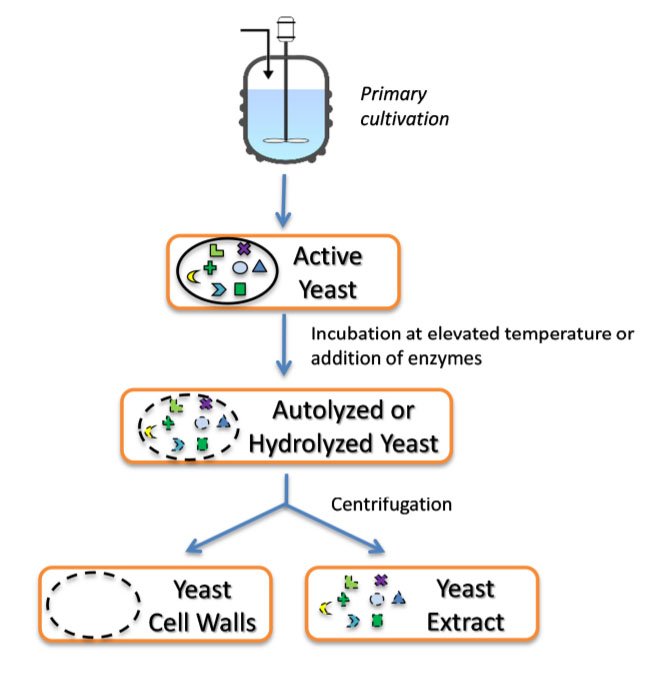
Mejora de la unión de micotoxinas usando derivado de la pared celular de levadura
Pared celular de levadura hidrolizada se considera un derivado de la pared celular de levadura de mejor calidad. Es alrededor del 45% soluble, lo que lo convierte en una gran fuente de fibra soluble. Ayuda a mejorar la unión de micotoxinas, reduciendo así los efectos sobre la salud de los animales.
Proporcionar un suplemento derivado de la pared celular de levadura proporciona la oportunidad única de unir micotoxinas en la alimentación animal.
La presencia de micotoxina en la alimentación animal puede causar una variedad de problemas, incluida la disminución de la producción, la pérdida de peso e incluso la muerte.
La unión de micotoxinas usando derivados de la pared celular de levadura es una excelente manera de ayudar a proteger a los animales de los efectos nocivos de las micotoxinas.
La presencia de grandes cantidades de Derivados de la pared celular de levadura En los intestinos puede unir las micotoxinas antes de que se absorban, evitando que causen daños.
La unión de micotoxinas utilizando suplementos derivados de la pared celular de levadura es una excelente manera de ayudar a proteger a los animales de los efectos nocivos de las micotoxinas.
Se ha demostrado que los derivados de la pared celular de levadura son muy efectivos para unir micotoxinas y pueden ayudar a mejorar la producción, el aumento de peso y la salud general en los animales.
Al buscar una forma de ayudar a proteger a los animales de los efectos nocivos de las micotoxinas, hay dos aspectos importantes a considerar:
- La primera es que los derivados de la pared celular de la levadura son una excelente manera de unir las micotoxinas.
- El segundo es que la presencia de grandes cantidades de derivados de la pared celular de la levadura en los intestinos puede unir micotoxinas antes de que se absorban, evitando que causen algún daño.
Ambos factores son importantes cuando se buscan un producto de pared celular de levadura de calidad que pueda ayudar a mejorar la salud de los animales.
Producto de pared celular de levadura Hiyeast
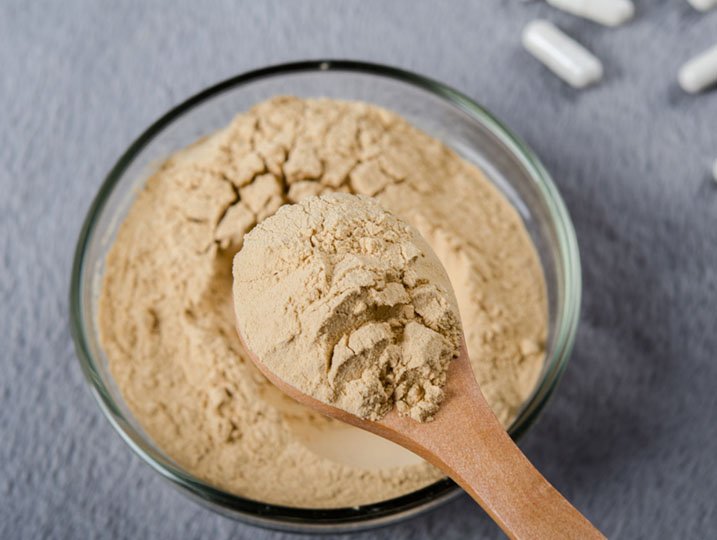
Hola levadura es uno de los principales fabricantes de derivados de levadura en China y presta especial atención a la investigación continua para mejorar la calidad y funcionalidad de la nutrición animal.
Todos los productos Hiyeast se derivan del cultivo de levadura de panadería de la mejor calidad, Saccharomyces cerevisiae. Nuestro equipo presta especial atención a la investigación continua para mejorar la calidad y funcionalidad de sus soluciones.
The YCW product, therefore, consists of a stable level of (1,3)(1,6)-β-D-Glucans (>20%) and MOS (>20%). The two functional polysaccharides that make up the product have beneficial effects on animal health, also improve productivity, and are particularly useful in periods of high stress.
Entonces, si estás buscando un producto de pared celular de levadura de alta calidad, no busques más que Hiyeast. Visite nuestro sitio web para obtener más información sobre nuestros productos y cómo podemos ayudarlo a mejorar sus animales.’ salud.




